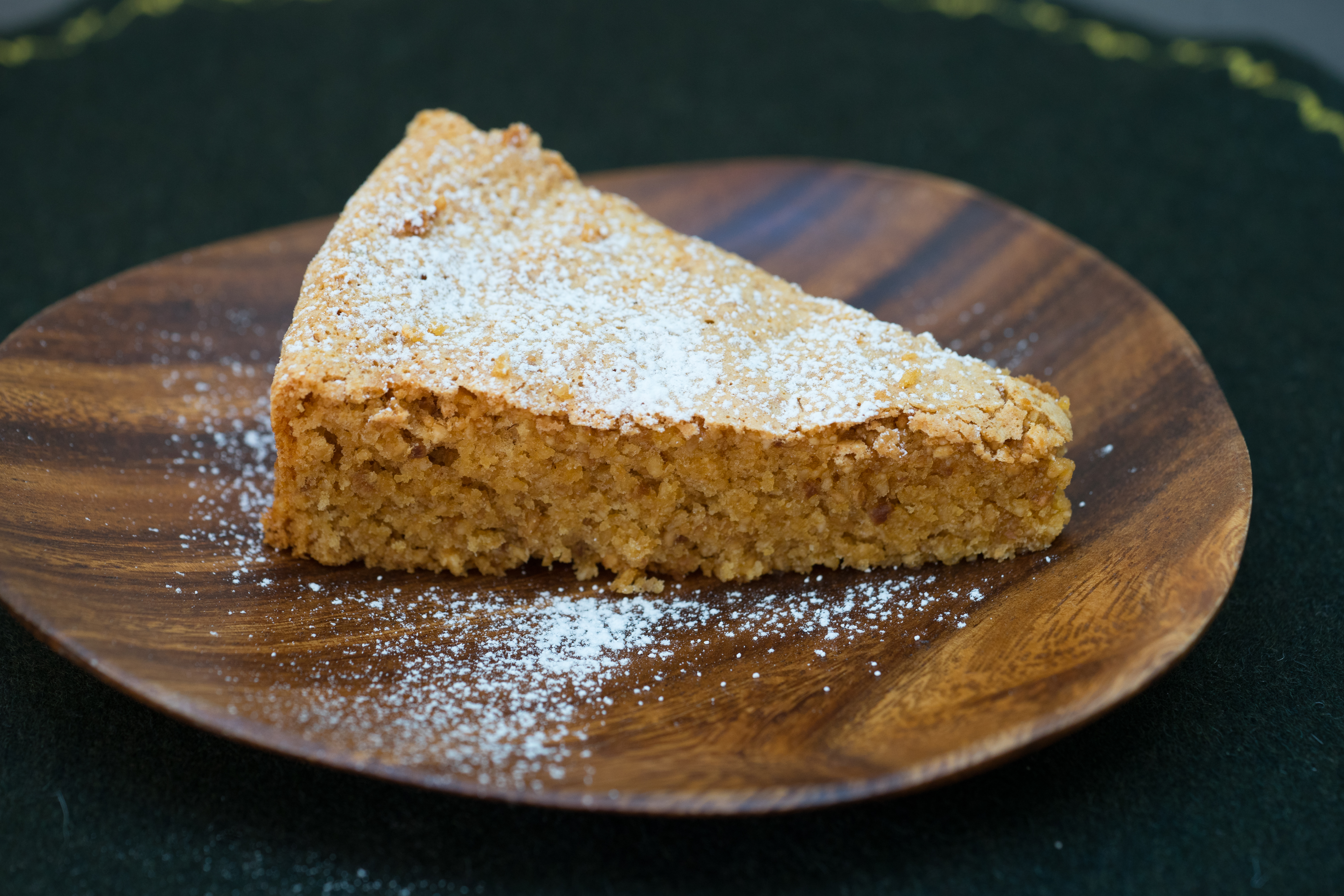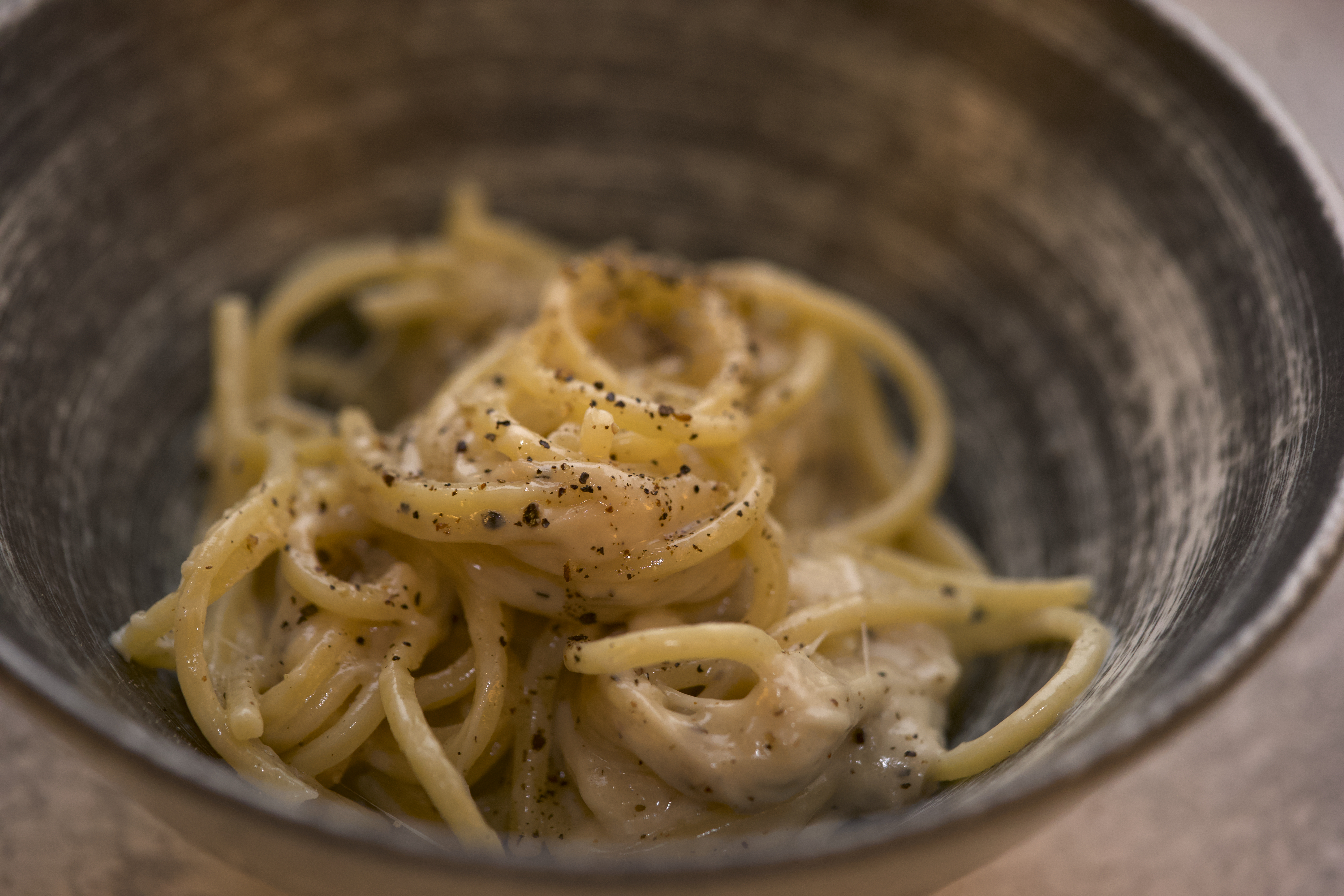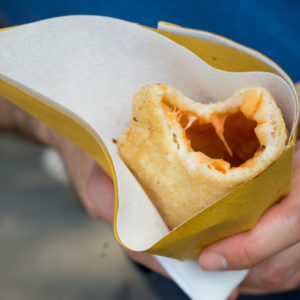Ingredients:
Temperature:
- The ingredients must be at the proper temperature indicated in the recipe.
- Cold eggs can cause the batter to separate (to warm cold eggs, place them in warm water for 10 minutes).
- Cold butter will not combine well (to warm butter, place the butter between two sheets of parchment paper and roll with a rolling pin until thin).
Weigh:
2. Weigh the ingredients. Use measurements by weight rather than volume.
Benefits:
- Simple to double or halve a recipe
- Consistent results
Leavening agent:
3. Cake batters need a leavening agent such as egg, baking powder or baking soda.
Tip:
- Whipping egg whites separately and folding into the batter at the end will give more volume than whipping whole eggs.
Sift:
4. Always sift the flour.
Tips:
- Always weigh the flour before sifting.
- If baking powder will be used, sift it together with the flour to ensure even distribution.
- The flour should be added last, combined gently but quickly and baked immediately before gluten strands begin to form.
Correct:
5. Buy the correct ingredients.
Tips:
- Use caster sugar (superfine sugar) for a fine texture.
- Use unsalted butter.
- Use fresh baking powder.
Nuts (if using):
6. Grinding nuts to add to the cake batter.
Tips:
- Add cold nuts with a bit of sugar from the recipe to a food processor or grinder and process until light and fluffy.
- The nuts should not be processed until the oils come out and it turns into a paste.
Method:
Combine:
7. Variations in cakes can come from the order in which ingredients are mixed and the way they are combined.
Standard cake making methods:
- Creaming method: Combine butter and sugar first then eggs and flour.
- Foaming method: Combine eggs and sugar first (cold or over heat) then add flour and butter.
Creaming Method:
8. If using the creaming method, the butter and sugar need to be creamed so that the sugar is uniformly distributed and air is incorporated into the mixture.
What to look for:
- The colour of the butter is a pale yellow.
- The texture is fluffy.
9. In the creaming method, eggs should be added one at a time and be completely incorporated before adding the next egg otherwise the mixture may separate.
Tip:
- If the mixture separates, turn up the speed on the mixture and try to emulsify the ingredients.
Foaming Method:
10. If using the foaming method, the purpose is to incorporate air into the eggs to leaven the cake. Sometimes heat is added which adds stability to the resulting foam.
How to:
- The eggs and sugar should be mixed on medium speed until it has tripled in volume and a spoonful of the mixture dropped back into the bowl should rest on the surface for at least 10 seconds before sinking back in.
Foaming method variations:
- Whole eggs whipped with sugar at room temperature
- Whole eggs whipped with sugar over heat – heat the eggs and sugar to 45°C, stirring and then whip
- Egg yolks whipped with sugar at room temperature
- Egg yolks whipped with sugar over heat – heat the eggs and sugar to 45°C, stirring and then whip
- Egg whites whipped with or without sugar at room temperature
- Egg whites whipped with sugar over heat
Egg whites
11. Whipping egg whites to form peaks.
Tips:
- Use room temperature eggs.
- Ensure the bowl, beaters and scrapers are completely clean without a trace of oil.
- The equipment can be rubbed with a cut lemon to ensure they are grease free.
- Whisk the egg whites on low speed to form a stable foam.
- Ensure that the mixer is reaching the bottom of the bowl.
- The egg whites are ready when a spoonful lifted out forms a peak.
- The foam should not look dry.
12. Combining egg whites: add a large spoonful of the egg whites first to the cake batter and combine thoroughly. Then add the rest of the egg white, folding GENTLY so as to not lose the incorporated air.
Pan:
13. Grease and line the bottom of the cake pan, particularly when making chocolate cakes.
14. Cakes that have leavening agents such as baking powder or whipped eggs should use a greased and floured pan so that the cake does not slip on the sides of the cake pan.
15. Pans can be wrapped in insulation strips to ensure even cooking and maximum height.
Bake:
Temperature:
16. The oven needs to be the perfect temperature to create the perfect cake texture.
Tips:
- Cakes are often baked at 175°C (350°F).
- If the oven is too hot (over 190°C/375°F) the cake will be domed.
- If the oven is too cold, the cake will be concave and have a coarse texture.
- Use an oven thermometer to test the accuracy of the oven.
Position:
17. Bake in the centre of the oven (except for jelly roll cakes which are in the lower half of the oven)
Doneness:
18. Bake for the correct amount of time.
Tip:
- To determine if the cake is done: some cakes will slightly shrink from the sides of the pan but the best method is to insert a wire cake tester, toothpick or wooden skewer into the centre of the cake.
- The tester should come out clean with no batter or crumbs attached.
Cooling:
19. Cool the cake completely before storing or glazing.
Tips:
- Run a thin spatula or knife along the edge of the cake pan.
- Wait 10 minutes before unmolding the cake (top side up) onto a wire rack to cool.





Leave a Reply